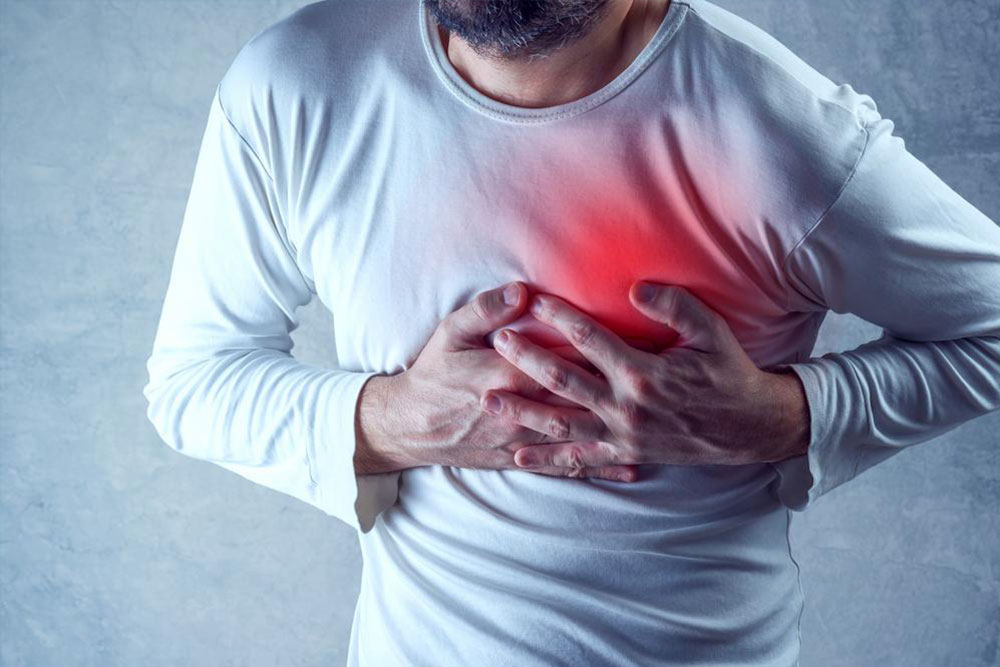Recognizing Symptoms and Risk Factors of Male Breast Cancer
Male breast cancer, though rare, can show signs like lumps, skin changes, and nipple alterations. Key risk factors include genetics, age, hormonal therapy, and lifestyle factors such as obesity. Early diagnosis through clinical exams, imaging, and biopsies is crucial for effective treatment, which may involve radiation, hormone therapy, or chemotherapy. Understanding these symptoms and risks can lead to prompt medical attention and better outcomes for men at risk.

Understanding Male Breast Cancer: Symptoms and Causes
Male breast cancer often presents with unclear causes. Men with a strong family history or inherited gene mutations are more susceptible.
What are the signs of male breast cancer?
Noticing persistent abnormal signs warrants seeking medical advice promptly.
Common symptoms include:
Thickening of breast tissue or a painless lump.
Changes to the skin such as redness, dimpling, or scaling.
Alterations in the nipple like redness, scaling, or inversion.
Nipple discharge.
What causes male breast cancer?
While the specific cause remains unknown, cancer develops when certain breast cells divide abnormally fast, forming tumors that can invade nearby tissues and spread via lymph nodes to other parts of the body.
Both genders have small amounts of breast tissue consisting of glands and ducts that produce and channel milk, as well as fat. In men, limited breast tissue development makes cancer less common but still possible during puberty or due to other factors.
Types of breast cancer in men:
Most cases are ductal carcinoma, originating in milk ducts. Lobular carcinoma, originating in milk-producing lobules, is rare in men. Other types include inflammatory breast cancer and Paget’s disease affecting the nipple.
Risk factors for male breast cancer:
Genetic mutations, particularly BRCA2, greatly increase risk. Family history, age (most cases occur in men in their 60s), hormonal therapies involving estrogen, and certain medical conditions like Klinefelter’s syndrome all contribute. Obesity, liver disease, and testicular conditions also elevate risk.
Regular check-ups, awareness of family history, and genetic counseling are recommended. Diagnostic tests include physical exams, imaging, and biopsy. Treatment options comprise radiation, hormone therapy, or chemotherapy.
Note:
Our blog offers a wide range of informational content. While based on thorough research, readers should consult healthcare professionals for personalized advice. We do not guarantee the accuracy of all data presented. The website may also not include all available schemes or offers that might benefit readers.










